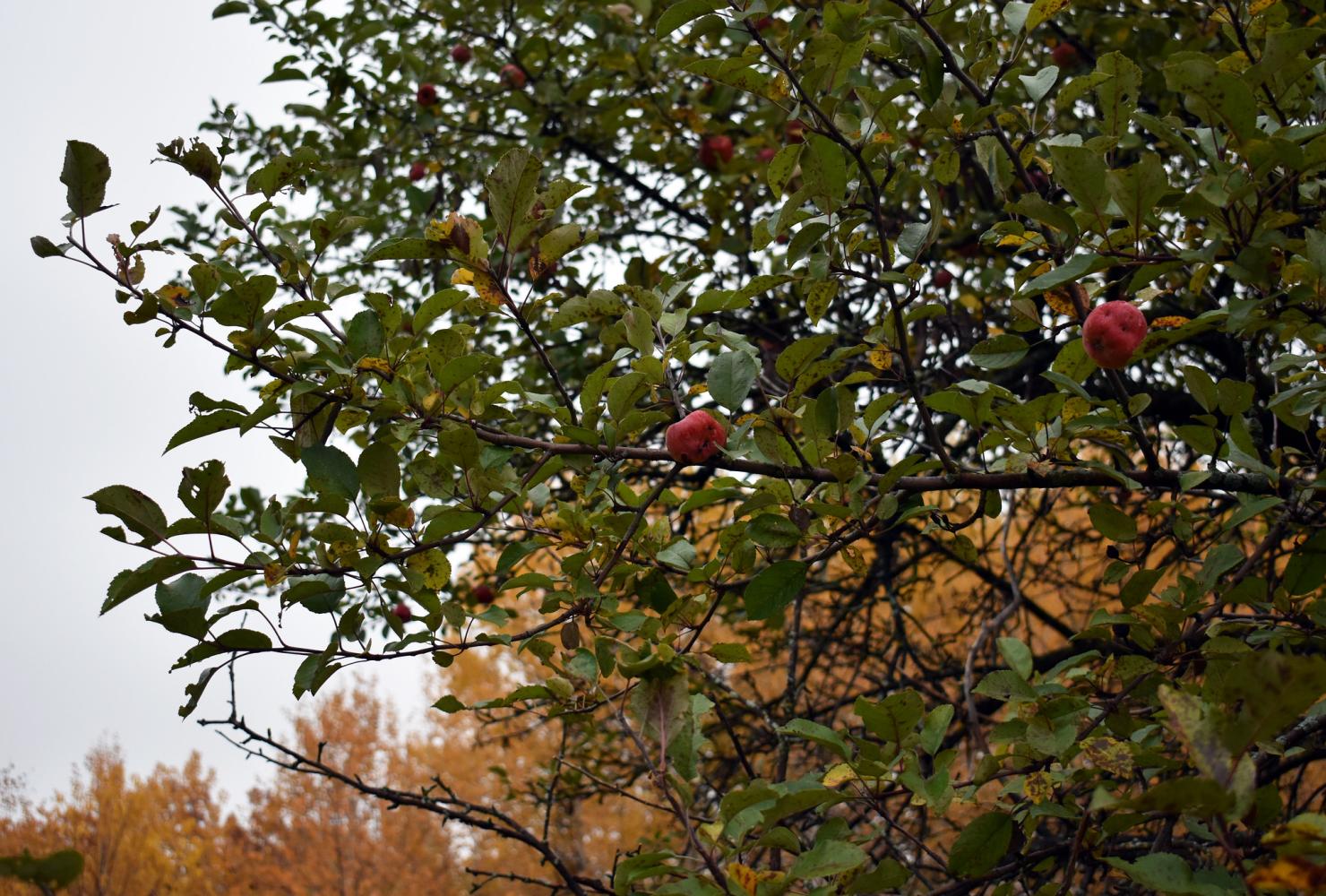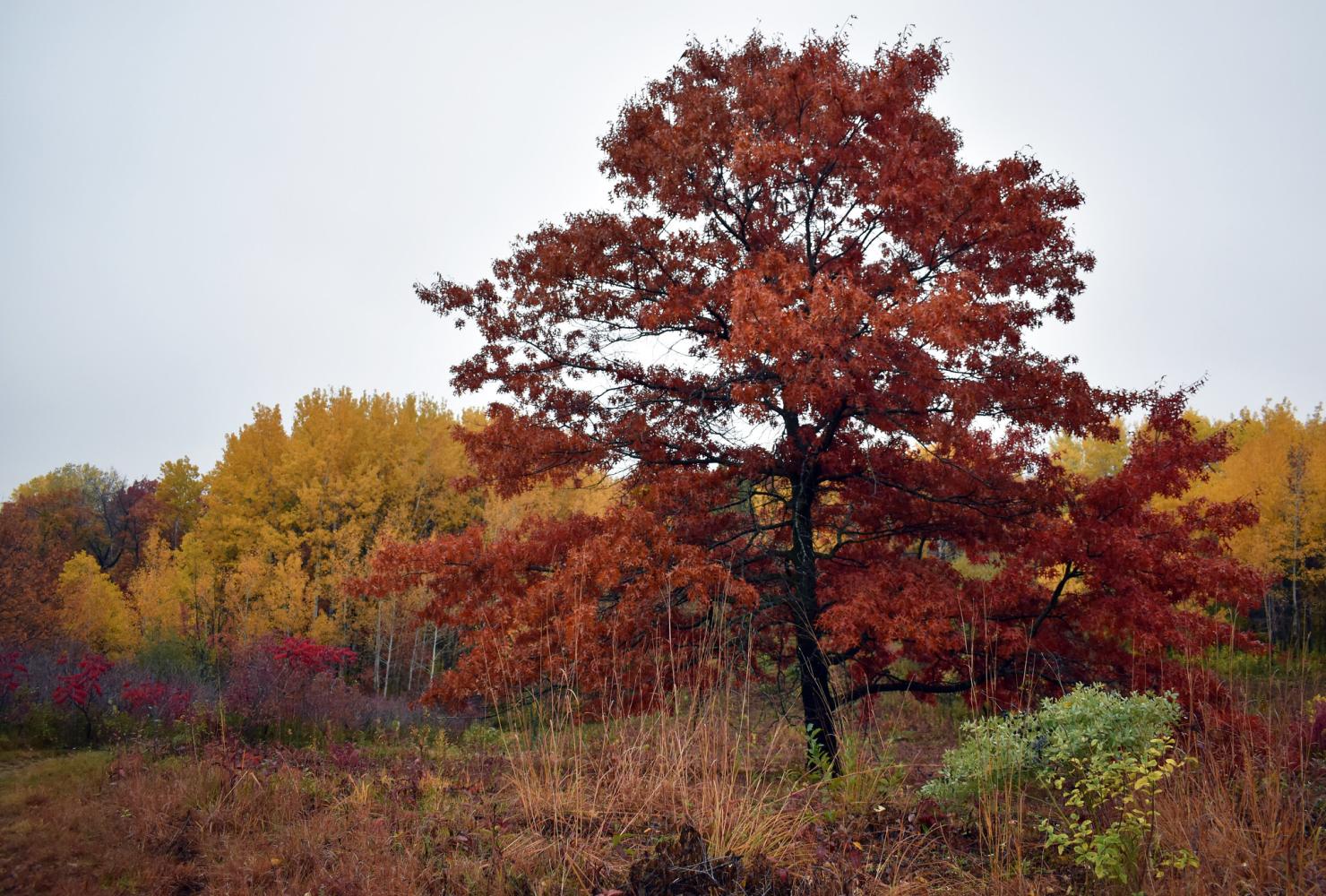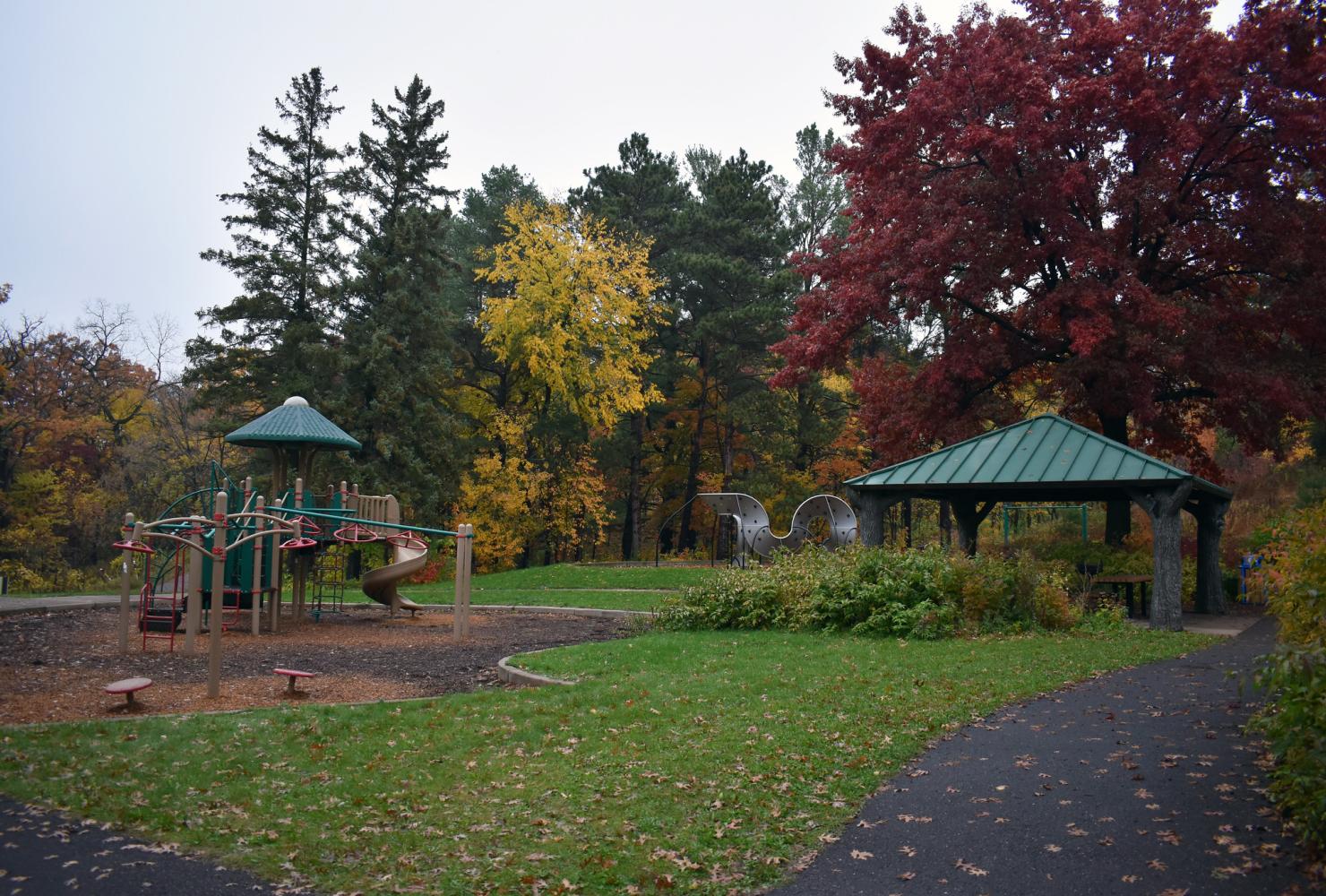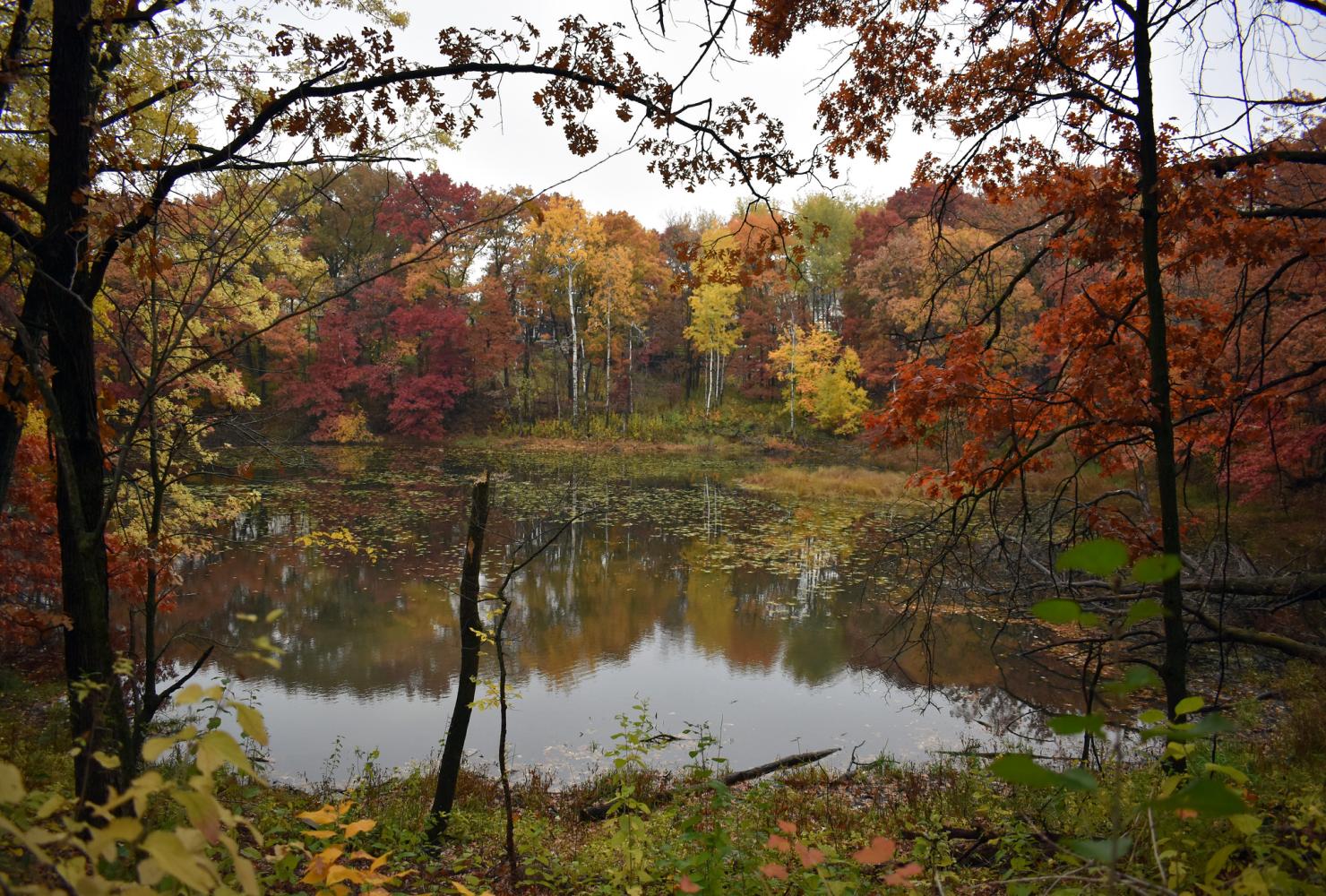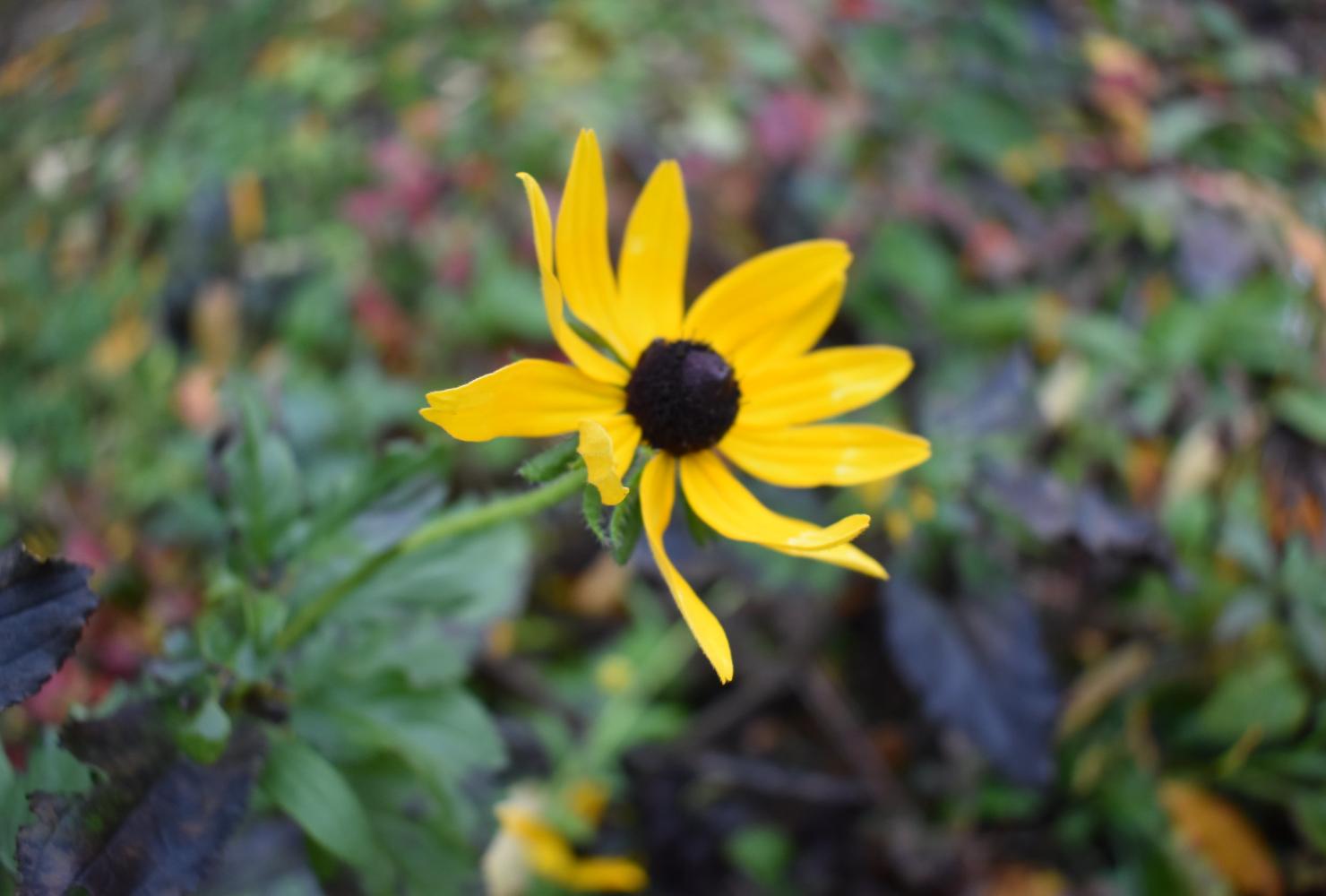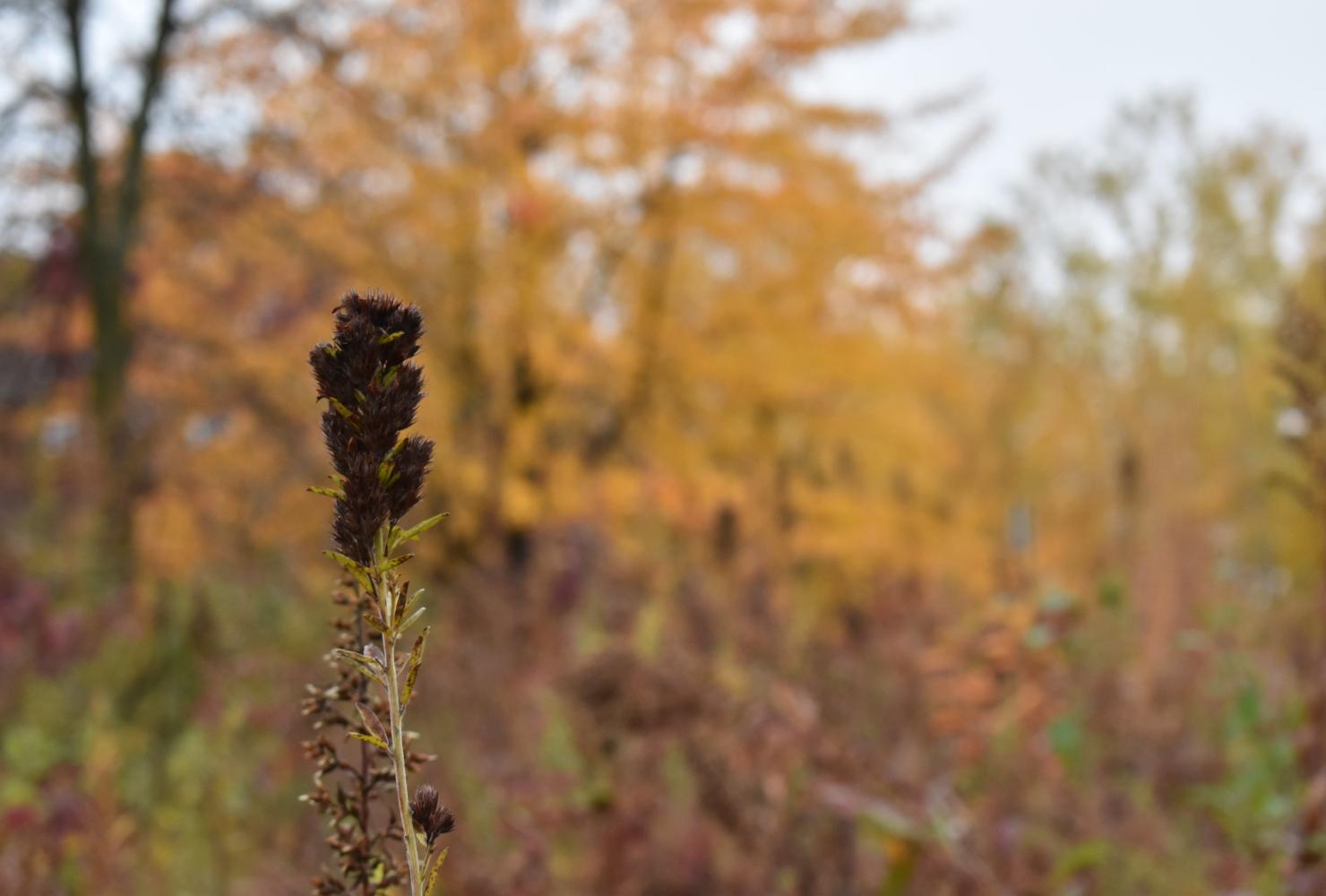Applewood Preserve
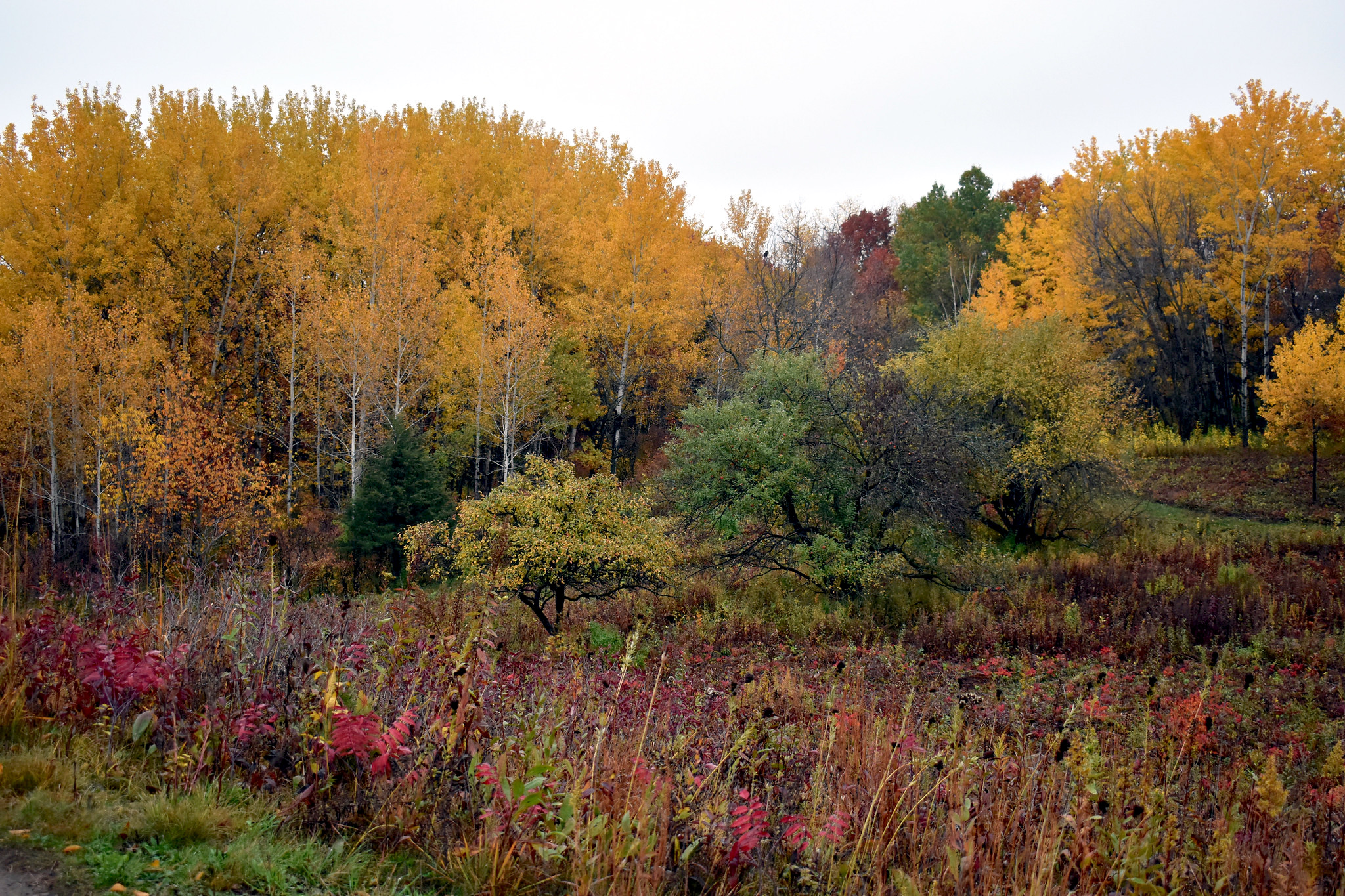
An old pasture and orchard turned neighborhood preserve holds nearly 30 acres of oak woodland, prairie and a pond for wildlife in Maplewood.
Where is Applewood Preserve?
Applewood Preserve is a hidden gem that contains a rolling prairie, shrubland, oak forest and pond nestled in a suburban neighborhood in Maplewood, Minnesota.
This 29-acre preserve sits at the center of a triangle with Battle Creek Park to the north, FMR's new restoration site at Carver Preserve to the south and Pig's Eye Lake less than two miles to the west.
This site is an important part of the ecological landscape of the area, providing habitat for plants and animals in the metro river corridor.
The public is welcome to visit Applewood Preserve. (See Maplewood's website for more info.)
Our work here takes place on Dakota homelands. Learn more.
What's special about Applewood Preserve?
With a mile of walking trails through rolling hills, this neighborhood park draws local visitors and wildlife.
Applewood Preserve hosts plants from the past and possibilities for the future. Prior to European colonization, this site was situated on the edge of the big woods and oak savanna native plant communities. Bur and white oaks grew amid prairie grasses and wildflowers.
By the 1940s, this site had been nearly entirely clear-cut and transitioned to agriculture. Historic aerial photos suggest the site was used as pasture, hay fields and an apple orchard (hence the name Applewood) prior to becoming a city park. A few of those apple trees still bear fruit each fall.
After farming operations ceased, a legacy of fire suppression allowed woody plants to return. (Learn how prescribed fire is necessary for prairie health.) More than two-thirds of the site transitioned to forest, including areas that were once prairie and savanna.
Despite the drastic changes over the last 150 years that have happened at this site and in the surrounding landscape, some native plants have persisted for generations. Several very large trees remain. One white oak tree near the pond is nearly 3 feet in diameter.
And after our initial prairie restoration work here, many native species rebounded. These populations were waiting, dormant in the seed bank, until the right conditions returned for them to thrive.
Our work at Applewood Preserve
In 2023, FMR completed a natural resources management plan for the preserve, including an evaluation of current and historical conditions, goals and restoration methods.
Our restoration work so far has focused on improving the habitat quality in the prairie and shrubland by removing native staghorn sumac and other invasive shrubs. Staghorn sumac is an opportunistic shrub that readily colonizes prairies without the presence of fire. (Read more about how some native species are invasive.)
One growing season after removing these shrubs, we saw several remnant plants popping up from the seed bank, including New Jersey tea, round-headed bush clover and native warm-season grasses. Follow-up steps included removing persistent invasive herbaceous plants, conducting prescribed burns, and seeding to increase prairie diversity.
Additionally, we are focused on improving habitat quality in the woodland areas by managing invasive species. Before we began work here, common buckthorn had invaded the shrub layer, reducing native species diversity and changing soil chemistry. This has led to bare, erodible soils and low quality habitat for wildlife. Buckthorn removal has been followed by additional woodland seeding to resist future invasion, and planting of native shrubs and trees to provide structure and resources for wildlife.
We're grateful to our partners and funders for this project. Work is being conducted in partnership with the City of Maplewood, and is funded by grants from the Environment and Natural Resources Trust Fund and the Outdoor Heritage Fund as part of the Clean Water, Land and Legacy Amendment. As the restoration progresses, you can play an important role as a volunteer, helping manage invasive species and tending and planting more diverse habitat.
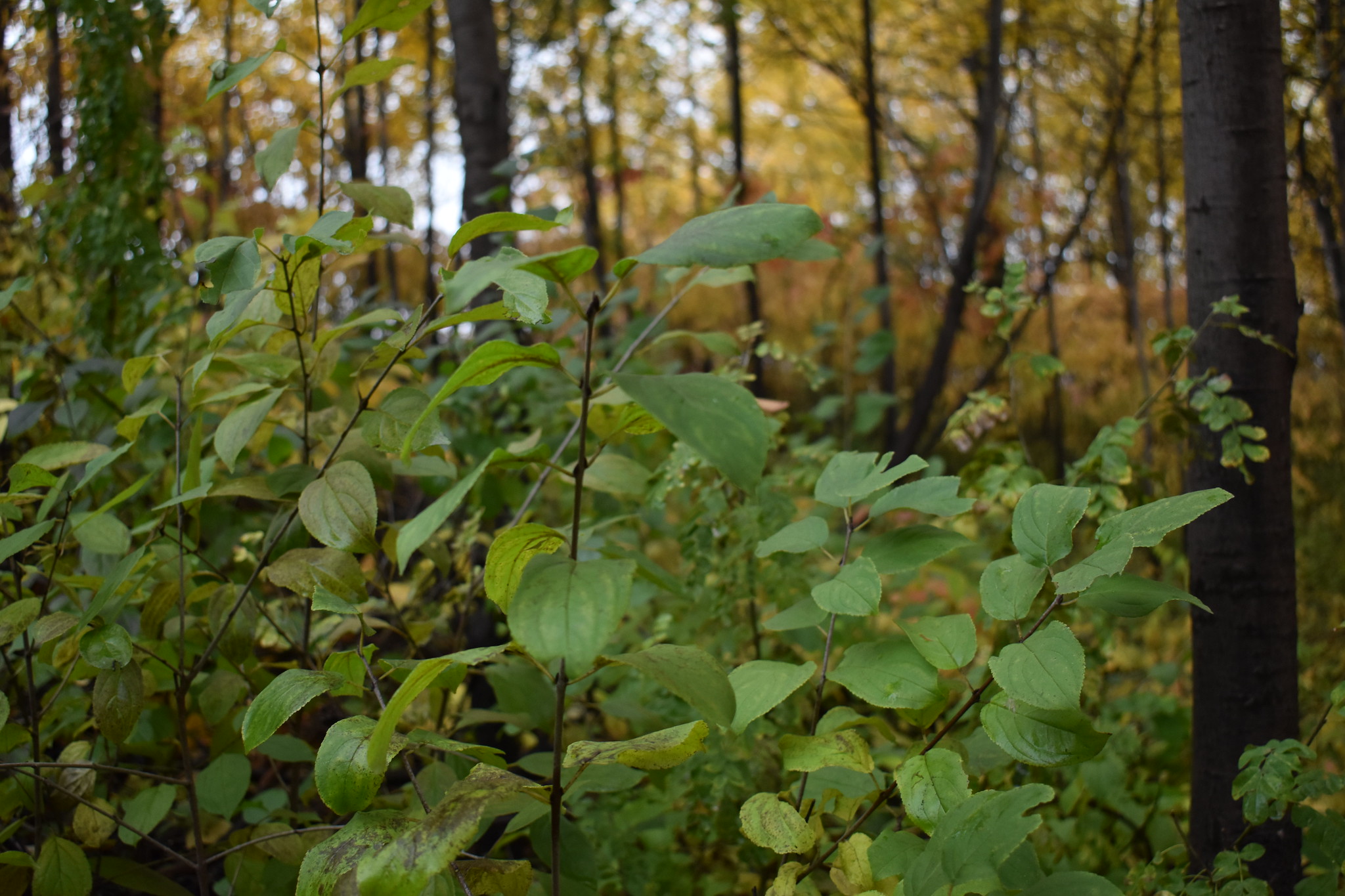
Buckthorn has taken over the understory in Applewood Preserve's woodlands — a problem for wildlife and water quality.
Find out more and get involved
- Volunteer with us to restore places like this.
- Contact FMR project lead Leah Weston.
Partners and funders for our work at Applewood Preserve
This work was made possible by the City of Maplewood, the Minnesota Environment and Natural Resources Trust Fund as recommended by the Legislative-Citizen Commission on Minnesota Resources, the Outdoor Heritage Fund of the Clean Water, Land and Legacy Amendment, and by our generous volunteers and donors like you!
Where we work
FMR maintains over three dozen habitat restoration and land protection sites in the metro area.
